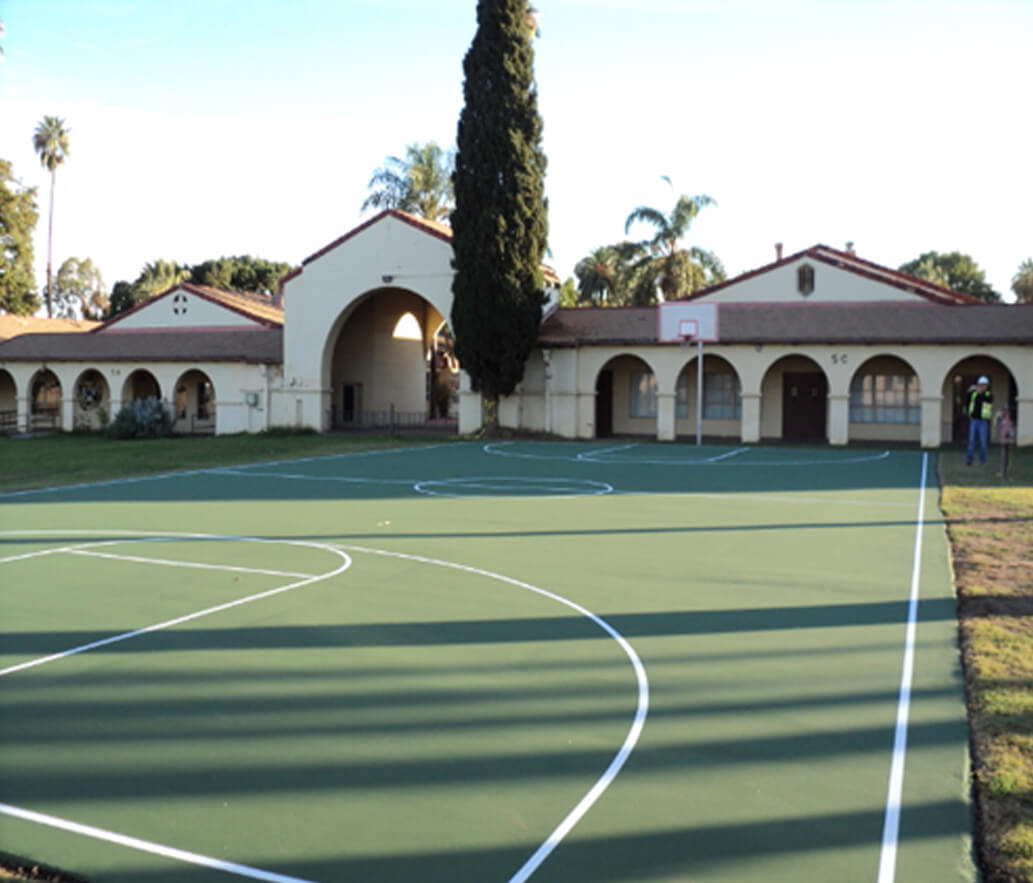
- Details
- By Native News Online Staff
RIVERSIDE, Calif. – The San Manuel Band of Mission Indians granted $2.7 million to the Sherman Indian High School in Riverside, California. The grant is part of the tribe’s ongoing commitment to support the school’s comprehensive career technical education program.
The announcement was made at a recommitment ceremony at the school on Wednesday afternoon. Tribal and school officials celebrated a 10-year partnership through culture, arts, and student-led presentations.
Sherman Indian High School is a historic off-reservation Indian boarding school and is operated as a Bureau of Indian Educaion school.
The tribe is dedicated to all Native youth becoming productive members of their tribal communities and place philanthropy as one of its top priorities.
Wednesday’s grant was the fifth educational grant given by the tribe to the school during the past decade for a total of $12 million.
The newest grant will assist in funding the innovative Career Technical Education Pathways Program (Career Pathways), for an additional three years (2022 through 2025).
“Since 2010, our partnership to bring career technical education to Sherman has introduced so many students from across Indian Country to life-changing career opportunities,” said San Manuel Business Committee Member Laurena Bolden. “We can’t wait to see their faces to tell them of our shared belief in their potential and celebrate this partnership of Native people investing in Native youth.”
Sherman Indian High School principal Delbert Ortiz credits the tribe as being the catalyst for the success of the career technical education program.
“The Sherman family is deeply appreciative of the ongoing financial support of the San Manuel Band of Mission Indians. Their commitment to the enhancement of our Career Technical Education Pathways program provides tremendous academic support and opportunities for our students to explore careers, gain certifications as well as work-based experiences which in turn will help students make informed decisions regarding careers and or post-secondary education,” Ortiz said.
It was the foresight of the tribe and school that led to the creation of the successful career technical education program so that students could learn skills to support themselves, communities, and others. Students can choose between agricultural, computer literacy and design, construction, culinary, health, public safety, and small gas engine repairs pathways.
More Stories Like This
Native Americans Could Be Hit Hard as Education Department Resumes Student Loan Wage GarnishmentHanging a Red Dress for Christmas: MMIP, Native Higher Education, and Hope for a Better New Year
Native Students Can Win $5,000 Scholarship, International Distribution in Pendleton Design Contest
American Indian College Fund Raises Alarm Over Plan to Shift Native Programs Away From the Dept. of Education
MacKenzie Scott Foundation Gives $5 Million Contribution to Little Priest Tribal College
Help us defend tribal sovereignty.
At Native News Online, our mission is rooted in telling the stories that strengthen sovereignty and uplift Indigenous voices — not just at year’s end, but every single day.
Because of your generosity last year, we were able to keep our reporters on the ground in tribal communities, at national gatherings and in the halls of Congress — covering the issues that matter most to Indian Country: sovereignty, culture, education, health and economic opportunity.
That support sustained us through a tough year in 2025. Now, as we look to the year ahead, we need your help right now to ensure warrior journalism remains strong — reporting that defends tribal sovereignty, amplifies Native truth, and holds power accountable.
 The stakes couldn't be higher. Your support keeps Native voices heard, Native stories told and Native sovereignty defended.
The stakes couldn't be higher. Your support keeps Native voices heard, Native stories told and Native sovereignty defended.
Stand with Warrior Journalism today.
Levi Rickert (Potawatomi), Editor & Publisher

